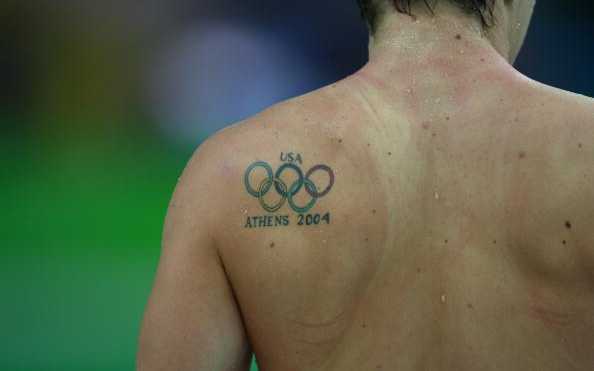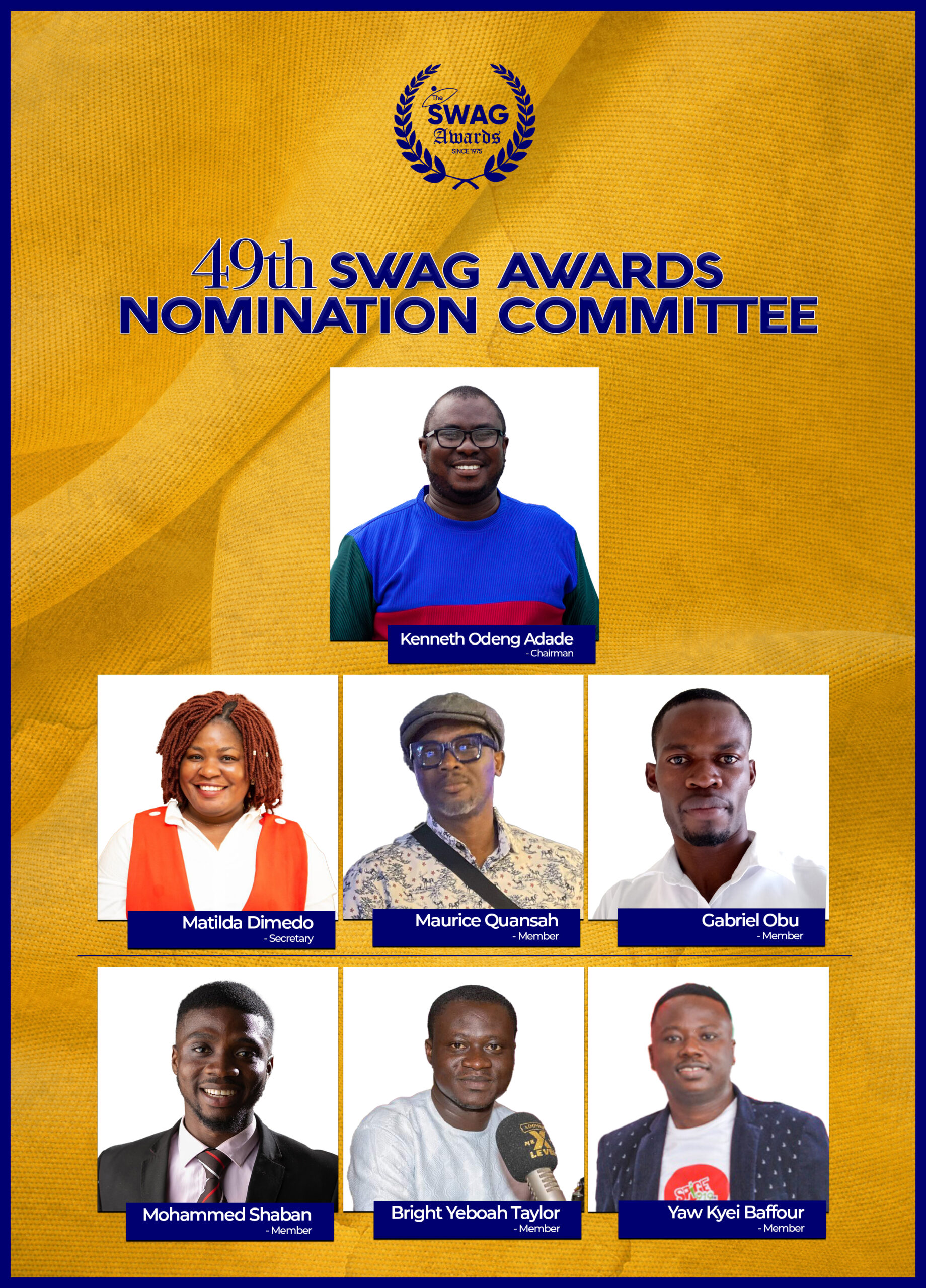In a report by The New York Times, Craig Spence, the chief brand and communications officer for the IPC, was quoted as saying via an email on Friday that: “Athletes with such tattoos do not need to cover them up.”
He, however, did not give any further explanation for the U-turn.
DISQUALIFICATION
The rule banning the display of the Olympic rings tattoo in competition, in accordance with the IPC’s advertising policy, was first introduced at the London 2012 Paralympics but was not fully enforced.
So in London, American Rudy Garcia-Tolson wasn’t disqualified and got to keep his 200m individual medley silver medal even though the marker with which he covered up his Olympic rings tattoo had worn off by the time he jumped into the pool.
Nine years later, though, in April 2021, he was initially disqualified from the 200m IM event in a meet ahead of the Tokyo Paralympics after his the Sharpie ink covering his tattoo washed away during his race but was reinstated following an appeal.
Garcia-Tolson had always felt the rule needed to change. Following a deal he had with his mum regarding qualifying for the Athens 2004 Games, Garcia-Tolson was 16 years old when he inked the Olympic rings on the back of his left shoulder after not only making it to Greece but also winning a 200m IM gold medal.
Now 35, the five-time Paralympic medallist will not be competing in Paris but is eyeing a return to the Games in 2028 in Los Angeles.

BODY ADVERTISING
In May 2016, British Paralympic champion in swimming, Josef Craig, now retired, was disqualified from a race at the IPC European Championships because he didn’t cover up an Olympic rings tattoo.
At that time an IPC spokesman explained: “Body advertising is not allowed in any way whatsoever and that includes the Olympic rings. The athlete did not wear a cover and was therefore disqualified.
“All teams are informed of the advertising policy at a technical meeting prior to competition so it wasn’t as if they had not been reminded about the rules.”
SEPARATE ENTITIES
Hence, displaying the Olympic rings tattoo was viewed as advertising the Olympics, which is a different sporting event.
“This rule is in place because the IPC wants Paralympic athletes to show pride in promoting the Paralympic Movement, including its symbol the Agitos,” an IPC spokesman told NBC Sports in an email in 2016.
“Displaying the Olympic rings confuses the public and impacts the understanding about the Paralympic brand which is different to that of the Olympic one.”
PARIS 2024
The Paris 2024 organisers made history when they decided to use the same emblem for both the Olympic Games and Paralympic Games. Both events also share the mascots and torch design. However, the IOC and IPC are still are distinct organisations with different logos.
THE AGITOS
The Paralympics has its own logo, known as the Agitos (Latin meaning: “I move”). It consists of three elements in red, blue and green – the three colours that are most widely represented in national flags around the world.
As stated on the website of the International Paralympic Committee: “The three elements of the Agitos encircling a central point symbolise motion and emphasise the role of the Paralympic Movement in bringing athletes together from all corners of the world to compete and achieve sporting excellence.
“The symbol also emphasises the fact that Paralympic athletes are constantly inspiring and exciting the world with their performances: always moving forward and never giving up.”
The Paralympic Games in Paris will run from August 28 to September 4.
Credit: AIPS Media



